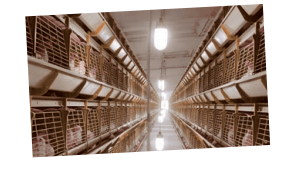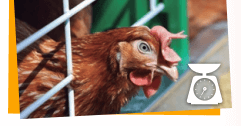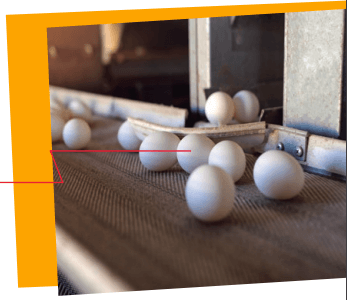Heat stress is one of the most important causes of economic losses for companies within the poultry sector in tropical climates. Causing significant impacts on productivity and mortality.
Under normal environmental conditions, birds are capable of maintaining their balance with the environment. However, when temperature fluctuations occur, birds must compensate for these variations above or below their thermal comfort zone.
Heat stress begins when the ambient temperature rises from 26.7 ° C and becomes potentiated with temperatures above 29.4 ° C.
When birds begin to pant, physiological changes within their bodies have already become activated in order to dissipate excess heat. Hence, any action or strategy that can be adopted to help birds stay comfortable before reaching this point, will contribute to maintaining:






















































